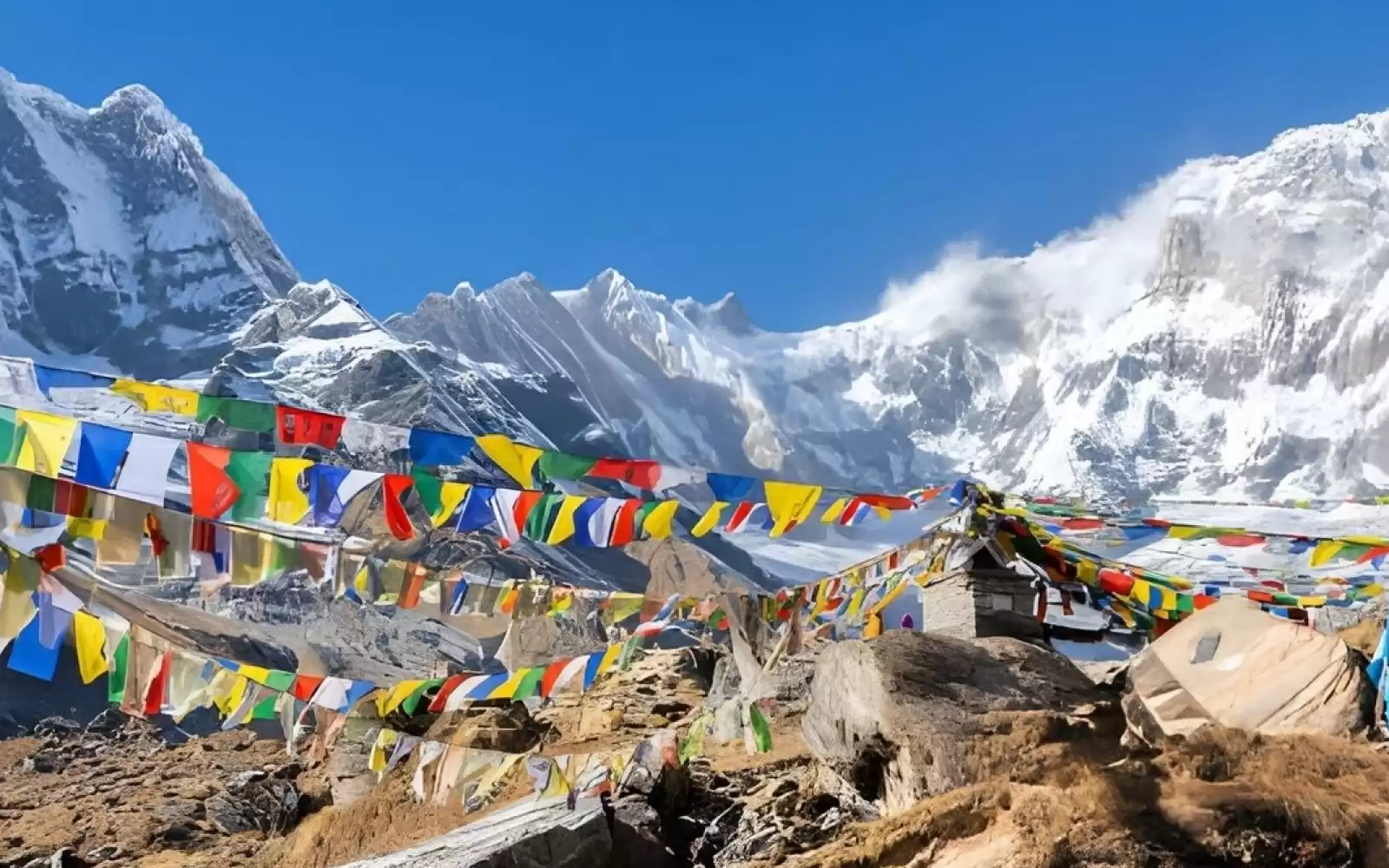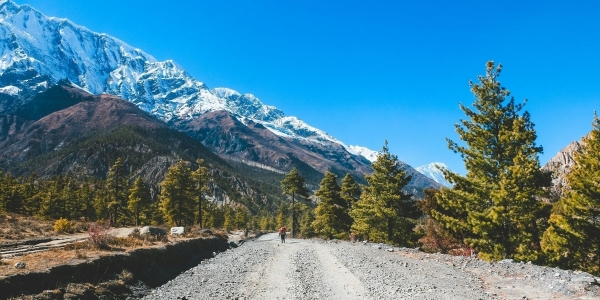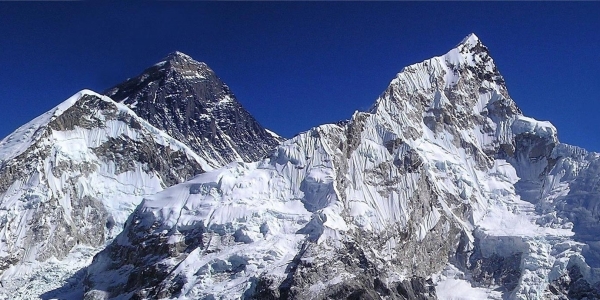Annapurna Circuit Trek 2022/2023- Ultimate Travel Guide
The Annapurna Circuit trek is a majestic trekking route in Nepal that carries a huge legacy. The Ann...

The Annapurna Circuit, nestled in the heart of the Nepalese Himalayas, is renowned as one of the world's most spectacular trekking routes. This classic trek offers a diverse and immersive experience, combining breathtaking landscapes, rich cultural heritage, and the challenge of high-altitude trekking. Let's delve into the details of why the Annapurna Circuit continues to captivate trekkers from around the globe.
a. Varied Terrain
The Annapurna Circuit is celebrated for its incredible diversity in terrain. Starting in the lush subtropical forests of the lower Marsyangdi Valley, the trail ascends through terraced fields, dense rhododendron forests, and arid alpine landscapes. As trekkers climb higher, the scenery transitions to stark, barren landscapes reminiscent of the Tibetan plateau. This variety keeps the trek continually engaging, offering new vistas at every turn.
b. Breathtaking Mountain Views
One of the highlights of the Annapurna Circuit is the stunning panoramic views of some of the highest peaks in the world. Trekkers are treated to close-up views of Annapurna I (8,091 meters), the tenth highest peak globally, and Dhaulagiri (8,167 meters), the seventh highest. Other notable peaks visible along the trek include Machapuchare (6,993 meters), also known as Fishtail Mountain, and Manaslu (8,163 meters). The dramatic landscapes and towering peaks provide countless photo opportunities and moments of awe.
a. Ethnic Diversity
The Annapurna region is home to a variety of ethnic groups, including Gurungs, Thakalis, and Manangis, each with their own distinct cultures, traditions, and languages. As trekkers pass through traditional villages, they have the opportunity to interact with local communities, learn about their way of life, and experience their warm hospitality. This cultural exchange adds a profound dimension to the trekking experience.
b. Historical and Religious Significance
The trail is dotted with ancient monasteries, chortens (Buddhist shrines), and prayer wheels, reflecting the region's deep spiritual roots. One of the most significant sites is the Braga Monastery in the Manang Valley, which dates back over 500 years. The spiritual ambiance of these places offers trekkers a sense of peace and reflection amidst the physical challenges of the trek.
a. High Passes and Altitude
The Annapurna Circuit is not just a trek; it's a true adventure. One of the key highlights is crossing the Thorong La Pass, standing at an impressive 5,416 meters (17,769 feet). This high-altitude pass presents a significant challenge and a sense of achievement for trekkers. The ascent to Thorong La requires careful acclimatization, physical endurance, and mental determination, making the successful crossing a memorable milestone.
b. Varied Trekking Conditions
The trek involves navigating a range of conditions, from lush valleys to high-altitude deserts, and from hot, humid lowlands to freezing, snow-covered passes. This variety of conditions tests trekkers' adaptability and resilience, adding to the sense of accomplishment upon completing the circuit.
a. Well-Marked Trails
Despite its remote location, the Annapurna Circuit is well-marked and supported by an extensive network of teahouses and lodges. These provide comfortable accommodation, hearty meals, and a place to rest and socialize with fellow trekkers. The availability of these amenities makes the trek more accessible to a wider range of people, including solo travelers and those without extensive trekking experience.
b. Accessibility to Major Cities
The trek starts and ends in close proximity to major cities like Kathmandu and Pokhara, making logistics relatively straightforward. These cities serve as excellent starting points for acclimatization and preparation, with numerous trekking agencies, gear shops, and transportation options available.
a. Conservation Efforts
The Annapurna Conservation Area Project (ACAP) has been instrumental in promoting sustainable tourism in the region. Efforts to preserve the natural environment, support local communities, and manage trekking impact have helped maintain the beauty and integrity of the Annapurna Circuit. Trekkers are encouraged to practice responsible tourism, minimizing their environmental footprint and supporting local economies.
b. Community Involvement
Local communities are actively involved in the tourism industry, running teahouses, guiding services, and cultural programs. This not only provides trekkers with authentic experiences but also ensures that the benefits of tourism are distributed within the region, promoting economic development and cultural preservation.
Conclusion
The Annapurna Circuit's enduring popularity can be attributed to its breathtaking landscapes, rich cultural experiences, adventurous challenges, accessibility, and commitment to sustainable tourism. Whether you're a seasoned trekker or a first-time adventurer, the Annapurna Circuit promises an unforgettable journey through one of the world's most beautiful and diverse trekking routes. Its combination of natural beauty, cultural richness, and physical challenge makes it a must-do for anyone seeking a truly transformative trekking experience.

The Annapurna Circuit trek is a majestic trekking route in Nepal that carries a huge legacy. The Ann...

Thousands of enthusiastic hikers around the world have an ultimate dream to reach Everest Base Camp...

Annapurna Base Camp, often abbreviated as ABC, is a renowned trekking destination nestled in the hea...
